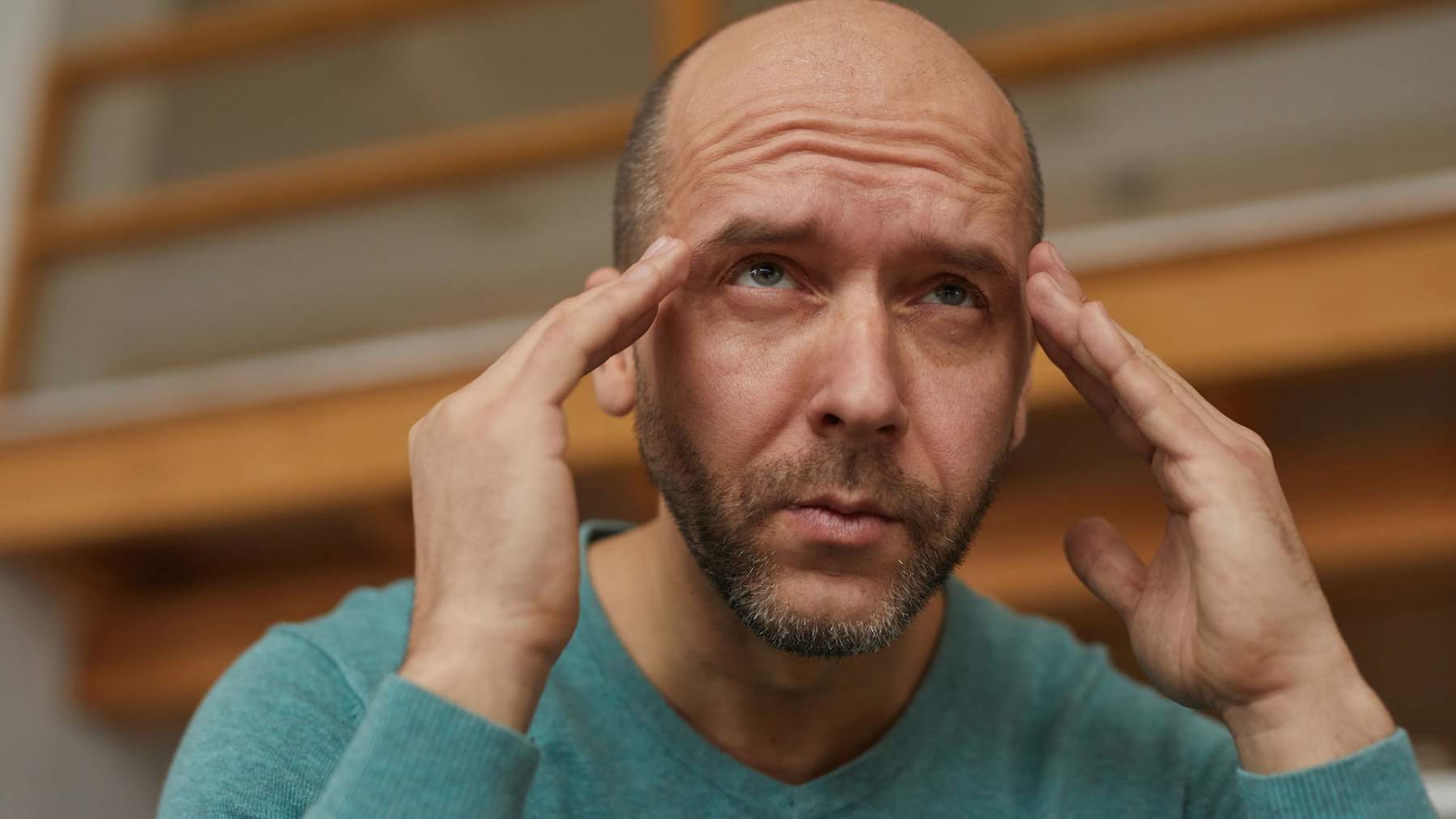
Headaches and tension headaches
It has been estimated by the World Health Organization that about 50% of the population suffer from headache episodes within each given year. Headache disorders are characterized by recurrent headaches. Headaches are common but often under diagnosed or misdiagnosed due to the complexity of their presentation. Without treatment, headaches can be debilitating. Different type of headaches exists, within them: Migraines, trigeminal neuralgia, tension headaches, cervicogenic headaches, cluster headaches, etc.
Out of the wide range of headaches that exist, studies have gathered strong evidence towards the positive effect of osteopathic treatment on cervicogenic headaches and for tension headaches.
What are they?
Cervicogenic headaches are similar to migraines headaches, they tend to be unilateral (one-sided) from the occiput (base of the skull) to the frontal bone (forehead) and ocular region (eyes) and can sometimes give disturbances such as:
- Nausea
- Sensitivity to light
- Sensitivity to sounds
- Visual disturbances
- Difficulty swallowing
Migraines and cervicogenic headaches can worsen or get triggered by exertion. Cervicogenic headaches tends to be worse on neck movement or applying pressure on the back of the neck muscle. It does not shift from one side of the head to the other and does not respond to indomethacin (a strong anti-inflammatory used for osteoarthritis and rheumatoid arthritis). Cervicogenic headaches are headaches rising from the neck region. Certain nerves coming out from the neck get irritated which provoke headaches. By working on the neck mechanics and releasing muscular tension, osteopaths help to reduce the inflammation that causes the headaches to occur.
Tension headaches are the most common type of headache and the one we think of as the normal everyday headache. It may feel like a constant ache that affects both sides of the head. You may also feel the neck muscles tighten and a feeling of pressure behind the eyes. A tension headache normally is not severe enough to prevent you from doing everyday activities. It usually lasts for 30 minutes to several hours, but can last for several days. Most people are likely to have experienced a tension headache at some point. They can develop at any age but are more common in teenagers and adults. Some adults experience tension-type headaches more than 15 times a month for at least 3 months in a row. This is known as having chronic tension-type headaches. Osteopathic spinal manipulative has been shown to be effective for the treatment of acute tension
headaches.

